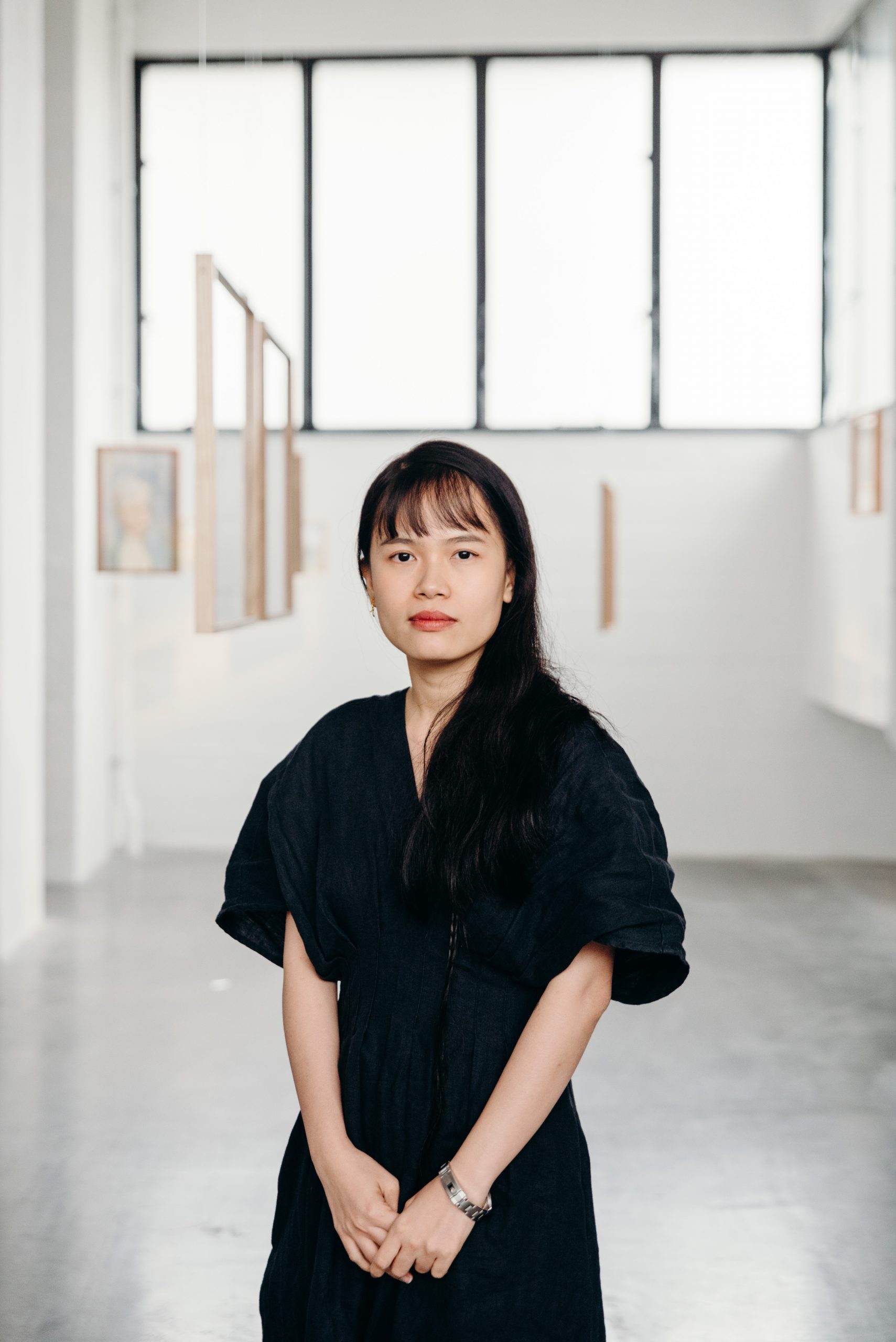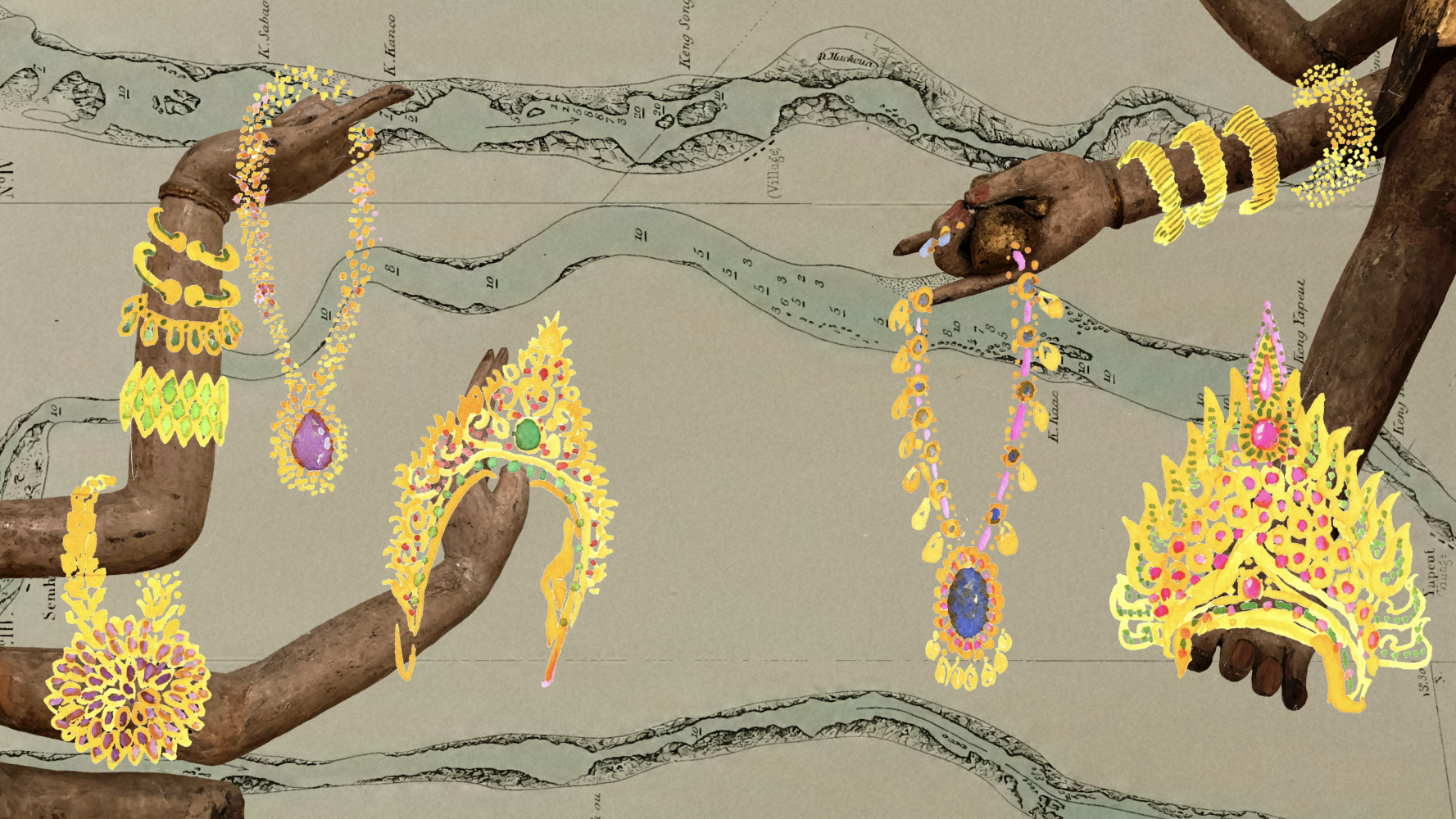Artists
Thao Nguyen Phan
Thao Nguyen Phan (born in Ho Chi Minh City, Vietnam; lives in Ho Chi Minh City, Vietnam) draws on the history of her home country, as raw material for a body of work that combines painting, installation, video, and performance. By examining traditions and how they trickle into the future, Phan poetically and philosophically addresses pressing issues such as the ecological crisis, colonialism, and food security. She sheds an intimate and human light on the mundane places and gestures that punctuate daily life. Her projects interweave real events, myths, and fictive narratives, resulting in what she calls her “theatrical fields.”
- Born
- Ho Chi Minh City, Vietnam
- Countries / Nations
- Vietnam
- Lives
- Ho Chi Minh City, Vietnam
- Website
- thaonguyenphan.com

Works

Thao Nguyen Phan, Becoming Alluvium, 2019, video still. Produced by the Han Nefkens Foundation. Courtesy of the artist

Thao Nguyen Phan, Becoming Alluvium (detail), 2019, video still. Produced by the Han Nefkens Foundation. Courtesy of the artist
Rivers Flowing Through Bodies
In the video Becoming Alluvium, Phan highlights the Mekong River, which snakes through Tibet, China, Burma, Thailand, Laos, Cambodia, and Vietnam, and is shaped by tragedies and disasters, but also by imagination and hope. Immersed in the water’s languorous or tumultuous flow and accompanied by the nasal cries of birds in the forest canopy, the images follow each other at a hypnotic pace that invites contemplation. Phan evokes the breaking of a dam and the terrible fate of two brothers who are swallowed by the river waters and reincarnated as a water hyacinth and a dolphin. Then, there is the story of the stubborn, greedy princess who, overcome with remorse, metamorphoses into a drop of water and dissolves into the river’s meanders. Navigating through history, legend, and fiction, the work overlaps narratives of destruction and reincarnation in order to explore the relationships between human beings and the Mekong. A site of commemoration into which are deposited, one by one, the aspirations, dreams, and fates of the people living on its shores, under Phan’s gaze the river becomes an intensified reflection of ourselves. Becoming Alluvium delves into issues related to farming in the Vietnamese delta, adopting various angles on industrialization, food security, and sustainable development, to apprehend the complexities and riches that characterize the sacred river.